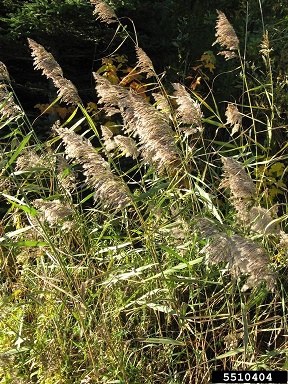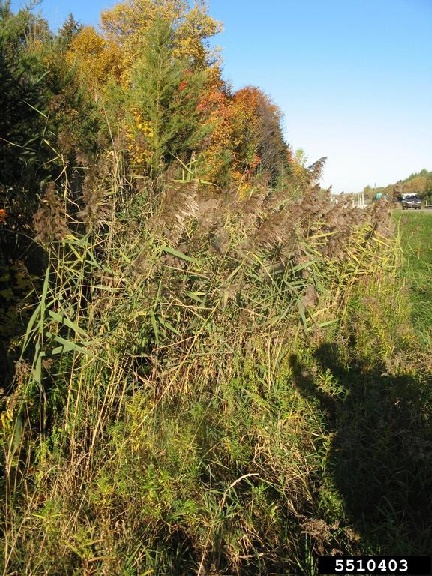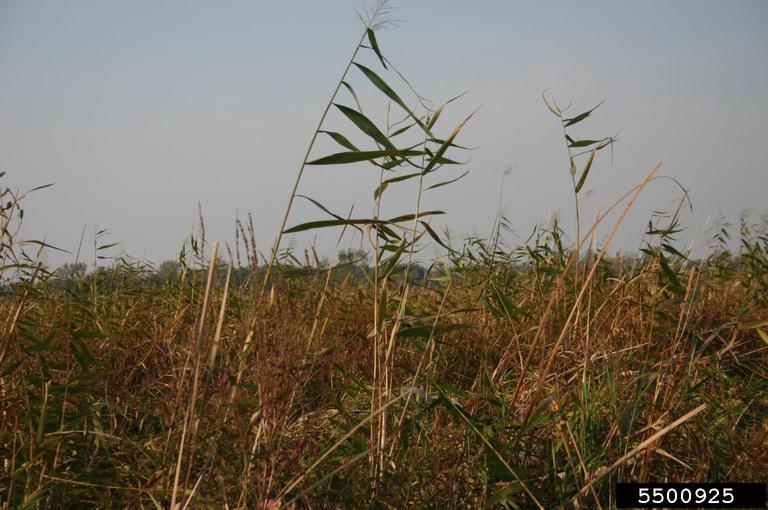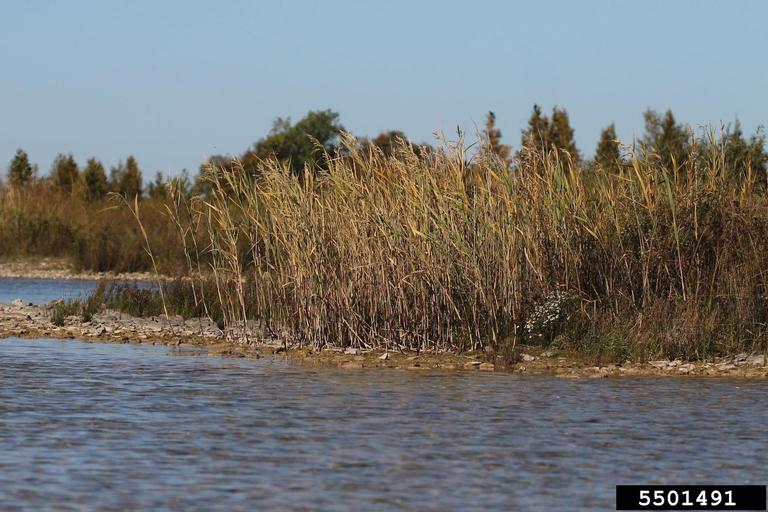Non-native phragmites (European Common Reed) is a tall wetland grass that can grow to over 15 feet tall. It reproduces via both seeds and rhizomes. Non-native phragmites outcompetes native plants, which lowers diversity and lead to a monoculture. This creates unsuitable shelter, food and habitat for native animals. Phragmites has spread among us with little notice to date, but many stands of phragmites can be seen in nearby wetlands and ditches.
There are native phragmites (American Common Reed) in Minnesota, which looks similar to the non-native species, making assessment difficult. Examples of each species are shown below as is a side-by-side comparison. To be sure refer to specialists such as the Minnesota DNR.



.jpg)


.jpg)




